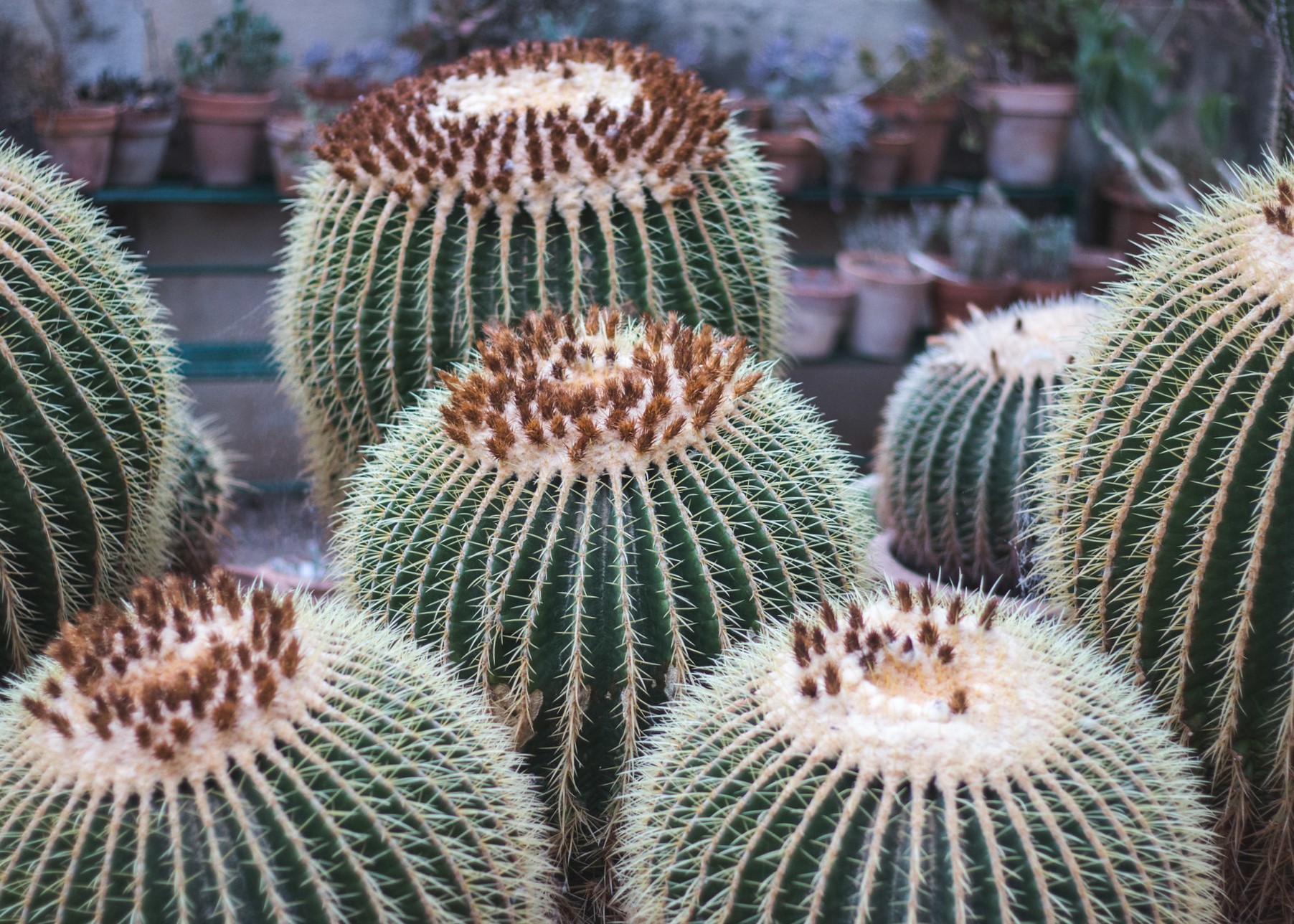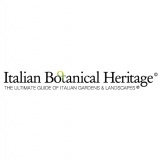
 Italian Botanical Heritage
Italian Botanical Heritage
Italian gardens and parks: Palermo Botanical Garden
- WTI Magazine #159 Jan 21, 2023
-

 Italian Botanical Heritage
Italian Botanical Heritage
The Botanical Garden of Palermo stands next to Villa Giulia, bordering the Kalsa district. In 1779, to accompany the newly founded Academy of Royal Studies, which had attached the chair of Botany and Materia medica, a small botanical garden had been created adjacent to the Porta di Carini, but having become insufficient for the needs of the chair, it was moved to its present location in 1786.
Between 1789 and 1795 the main buildings, the Gymnasium and the two side bodies of the Tepidarium and Calidarium, were built in the neoclassical style, designed by French architect Leon Dufurny.
Originally the garden, enriched with pools and fountains and a magnificent Aquarium, was divided into rectangular plots to divide the collections according to Linnaeus' system, but in the early 19th century it was modified.
The Garden was still enlarged in later periods, and a grove of exotic plants and the Winter Garden, for example, were built in a large greenhouse. In the 1930s it acquired its final appearance, with the entrance area divided into regular areas and the southern area furrowed by more articulated paths.
Collections
The Palermo Botanical Garden houses a total of 12,000 species, mainly from South Africa, Australia and South America. These include the giant specimen of Ficus macrophylla, the symbol of the Garden; the collection of marsh plants that includes lotuses (Nelumbum nucifera), water lilies and papyrus (Cyperus papyrus); palms of the genus Phoenix spp, Cycads; species belonging to the families Moraceae, Mimosaceae, Rutaceae, Euphorbiaceae, Aizoaceae, Asclepiadaceae, Liliaceae, Crassulaceae and Cactaceae; citrus trees; and a fragrant collection of plumeria, a plant as common in Palermo as the medlar tree is on the terraces and gardens of northern cities.
Botanical curiosities include Sapindus mukorossi, Pimenta acris, Coffea arabica, Ficus sycomorus, Mimosa spegazzinii, Crescentia alata, Saccharum officinarum, Manihot utilissima and Carica papaya.
The Palermo Botanical Garden is credited with the introduction and spread to Mediterranean countries of Citrus deliciosa and Eriobotrya japonica. Substantial collections of dried plants can be seen, which are preserved in the Herbarium Mediterraneum.
Each year a catalog of seeds of plants both wild from Sicily and cultivated in the Garden is published, available for exchange with scientific institutions on all continents. The tallest plant in the Garden is an annual Araucaria columnaris. Spectacular is the avenue enclosed by large specimens Ceiba speciosa (formerly Chorisia speciosa).